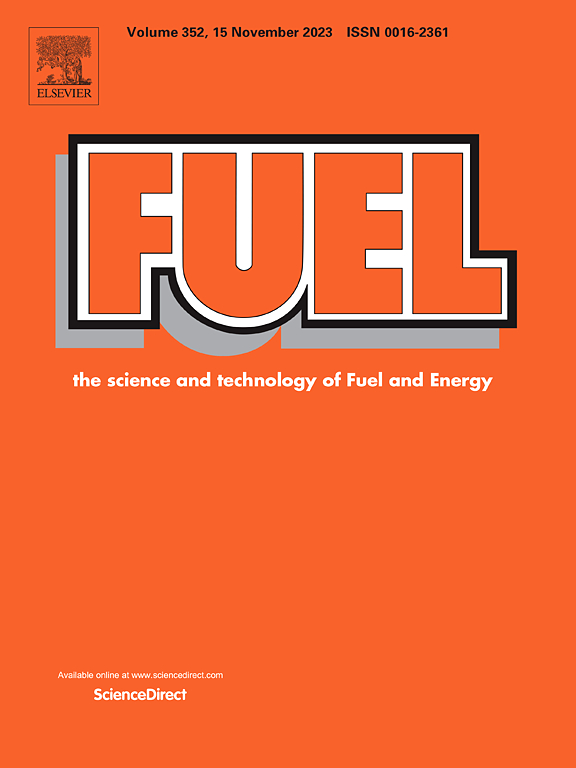Preparation and utilization of biodiesel-water emulsions in compression ignition engines − A critical review
IF 6.7
1区 工程技术
Q2 ENERGY & FUELS
引用次数: 0
Abstract
Conventional diesel combustion (CDC) predominantly involves mixing-controlled combustion that encounters high-temperature regimes with high equivalence ratios, resulting in the formation of oxides of nitrogen (NOx) and particulate matter (PM) emissions, respectively. The concurrent abatement of these pollutants is challenging for the CDC owing to distinct dissimilarities in their formation mechanisms, leading to the common NOx-PM trade-off. Significant research efforts are made on in-cylinder emission control using fuel modification-driven methodologies because of their potential to curtail NOx and PM levels. In the automotive sector, diesel can be replaced with biodiesel owing to its carbon–neutral nature and mimicking diesel-like properties. Additionally, the NOx-PM trade-off in CDC is altered as a higher NOx challenge with biodiesel. Due to better engine performance and emission reduction advantages, water emulsions with diesel–biodiesel blend and neat biodiesel have garnered considerable attention as a diesel alternative. The literature has reported a 40% reduction in NOx and smoke emission values with emulsions compared to biodiesel. Such results were observed with tests conducted on a single-cylinder diesel engine operated by a conventional mechanical fuel injection system. The results for HC and CO emissions vary, with a few studies reporting a near 20% decrease in both, while others have observed up to 35% increase in these emissions. Although the brake thermal efficiency and specific fuel consumption results also vary, commonly observed results include up to 3 to 5% improvement in either of these parameters. Unfortunately, adequate analysis of emulsion fuels’ formation and stability before utilizing them in compression ignition engines remains largely unexplored. The impact of emulsion fuels on engine performance and emission is based on the composition of the emulsion, its microstructure, the type of engine, and the prevailing operating conditions. Most investigations on engine characteristics do not present detailed information on the emulsion characterization. The present review highlights the significance of the stability study of emulsion fuels relevant to compression ignition engine applications. The current state-of-the-art biodiesel-water emulsion formulation, characterization, macroscopic spray characteristics, effects on performance, and emission parameters in conventional and advanced alternate combustion conditions are discussed. The review concludes by providing suggestions for emulsion fuel sustainability and exploring novel alternative surfactants to prepare stable biodiesel-water emulsions.
求助全文
约1分钟内获得全文
求助全文
来源期刊

Fuel
工程技术-工程:化工
CiteScore
12.80
自引率
20.30%
发文量
3506
审稿时长
64 days
期刊介绍:
The exploration of energy sources remains a critical matter of study. For the past nine decades, fuel has consistently held the forefront in primary research efforts within the field of energy science. This area of investigation encompasses a wide range of subjects, with a particular emphasis on emerging concerns like environmental factors and pollution.
 求助内容:
求助内容: 应助结果提醒方式:
应助结果提醒方式:


